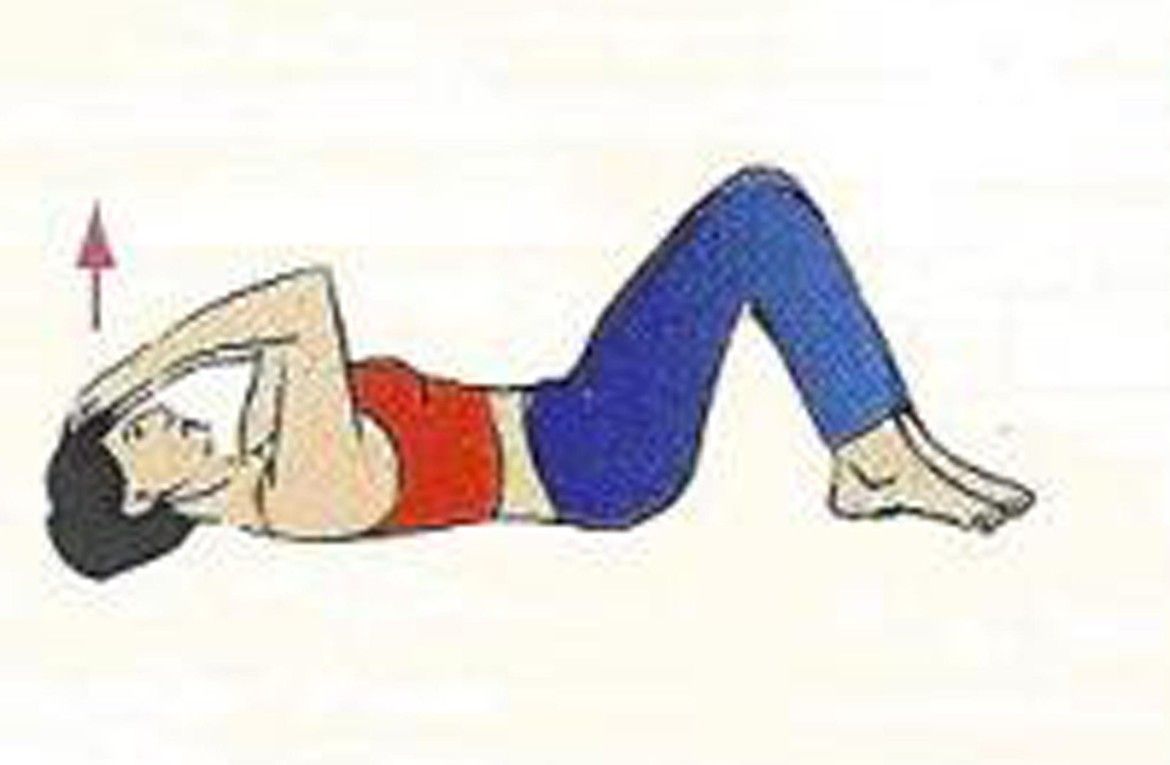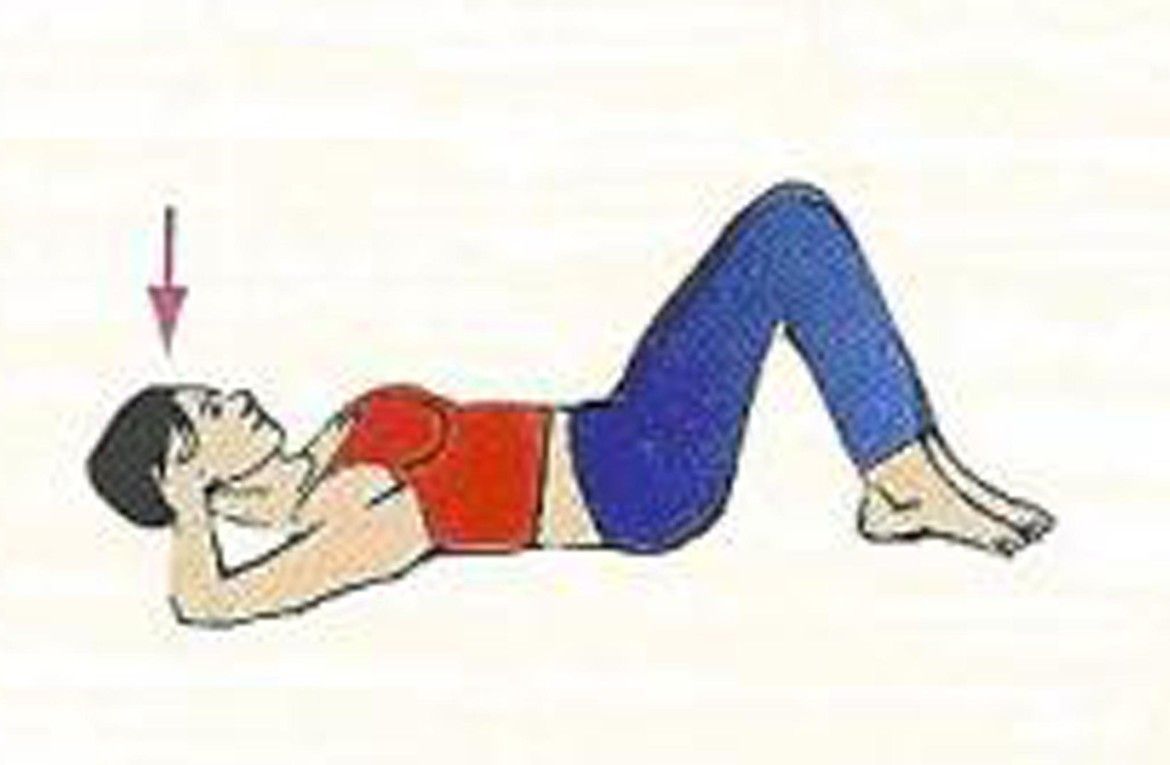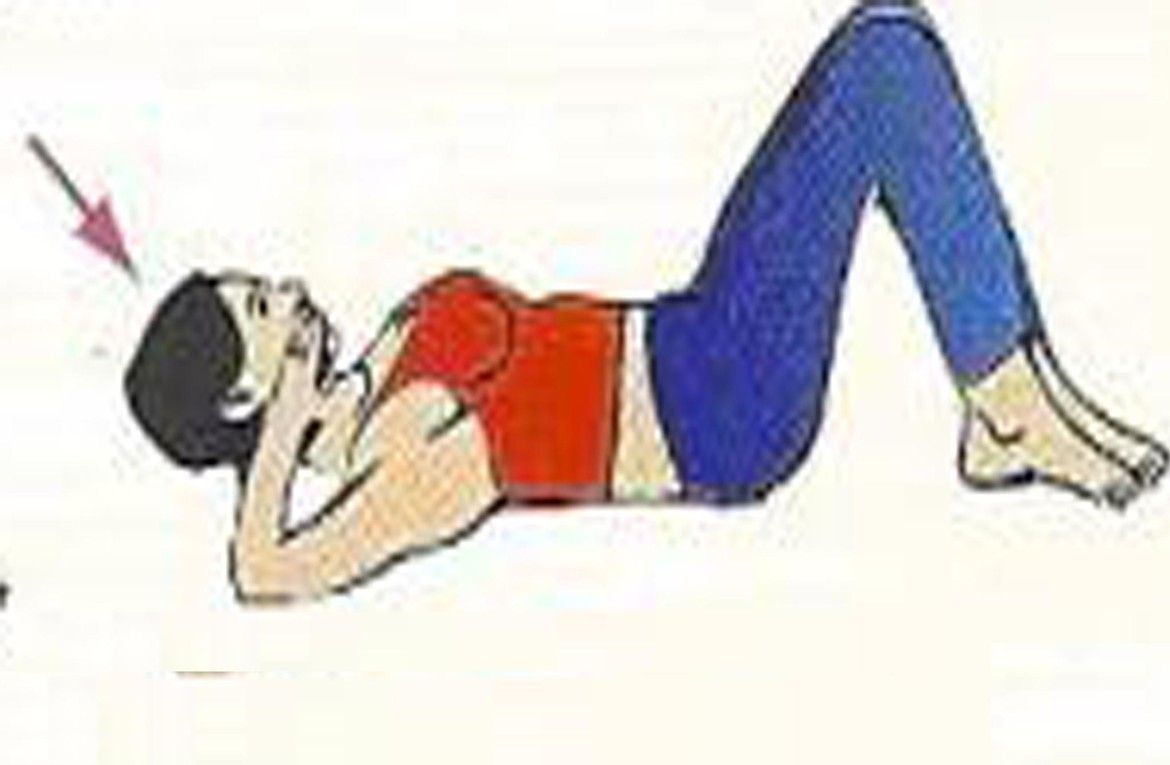The best exercises for osteochondrosis of the cervical spine
 This article presents various types of physical exercises for working out the cervical spine, both in text and video format.
This article presents various types of physical exercises for working out the cervical spine, both in text and video format.
exercise therapy must be done by all people who have been diagnosed with this. Symptoms that are not treated are exacerbated, and each new attack adds new disturbances to the patient's condition. Gymnastics cannot be called a panacea, but it inhibits the development of pathologies and reduces tension in the back.
Therapeutic gymnastics allows you to get a stable result. Regular classes:
- Improve blood circulation;
- Strengthen the muscular corset;
- Eliminate low mobility of the vertebrae;
- Make the vertebrae move;
- Restore nerves;
- Reduce pain;
Recommendations: The disease should be treated comprehensively. When using several methods at the same time, you can achieve positive dynamics and a complete cure. Therapeutic exercise perfectly complements drug treatment and acts as a preventive measure for certain diseases of the spine.
When such symptoms occur, doctors prescribe physical activity for each patient individually.
Watch your habits. Sitting at the table, keep your back straight, while talking on the phone, do not press the receiver to your shoulder with your ear. Take a short break every hour.
General rules for performing therapeutic exercises
Exercises for osteochondrosis of the cervical spine should be performed taking into account the following recommendations:
- Start gymnastics with warm-up movements;
- Do the exercises calmly. Movements that cause discomfort should be postponed;
- It is important to develop the chest, shoulders and arms;
- Physical activity must be alternated with breathing exercises;
- The load should increase gradually. If after exercise there are changes in the heart, then you need to consult a doctor and stop the gymnastics;
- For pain, gymnastics should be replaced with stretching and relaxation exercises;
- Constant control of the pulse;
- With exacerbations, the exercise for abduction and weighting of the hands is not performed until the pain disappears;
- The exercise therapy complex should be prescribed by a doctor after the examination;
- Gymnastics should be done every day, preferably at the same time.
Warning: exercise therapy is possible only with the advice of a doctor. Exercise and massage are not indicated for all conditions. With exacerbation, high blood pressure and diseases that threaten life, gymnastics is contraindicated.
Exercise complexes
Consider what exercises you can do in the morning. It must be performed every morning to stretch the muscles after sleep.
- Bring your palms to your head and begin to press them on all parts of the head in turn. Press on each part of the head for a few seconds. At the same time, the head must resist pressure;
- Lower your chin to your chest with force. This exercise should be done slowly. The muscles of the neck must be tensed so that they feel resistance;
- Turn your head to the right and left as much as possible. Movements must be performed slowly;
- Lower your chin to your chest and start turning your head without lifting your chin;
- Tilt your head back and try to reach your shoulder with your ear;
You can not make circular movements with your head. First you need to strengthen the spine and muscles. Otherwise, rotational movements can injure the cervical vertebrae.
Day complex
Carrying out this complex of exercise therapy requires sufficient effort. Before going to bed, an evening complex is not recommended.
- Take a supine position, stretch your legs. Place one hand on your chest and the other on your stomach. Inhale deeply, and as you exhale tighten your abdominal muscles. Hold your breath for a few seconds and relax;
- Remain in a prone position, stretch your limbs. Bend your knees and begin to pull them up to your chin while raising your head;
- Roll over onto your stomach. Raise your head and upper torso, extend your arms in front of you. Hold the position for one minute;
- Stay on your stomach. Place your arms along your torso. Slowly turn your head to the right - to the left to be able to touch the floor with your ear;
- Roll onto your back. Draw out the arms and legs. Start lifting only your head and shoulders.
Passive lifestyle fraught with blood stasis in different parts of the spine. Physiotherapy stimulates blood circulation in the cervical region, improving blood flow to the vertebrae and discs. It will help get rid of headaches and slow down the process of degeneration. Perform exercise therapy on a regular basis. With its help, it will be possible to relieve tension from the spinal column, and you will forget about pain forever.
If you seriously want to deal with the treatment and prevention of osteochondrosis, we also recommend doing exercises for the spine.
Physical exercises for the lumbar. The best selection.
What you need to know about spinal hernia? Is an operation really necessary?
Additional mini set of exercises. Recommended to be done in the morning.
1) .
Put your hands on your forehead.
Start slowly and gently pressing your forehead on your hands for 7 seconds, then
relax for 7-8 s. Shoulders should not rise. Increase the pressure on your hands each time.

2) Lying on your back press your right hand to your ear. Start pressing your head on your hand for 5-7 seconds, then relax for 8 seconds. Press lightly, try not to tilt your head. Then repeat the same with the left hand. Increase the pressing force gradually from time to time.

3) Starting position lying on your back, Put your hands together at the back of your head. And start pressing your head on your hands for 5-7 seconds, then relax for 8-10 seconds. You do not need to press hard on your hands, the main thing is to feel the tension in the muscles of the neck. Gradually increase the amount of pressure on your hands.

4) Starting position lying on your back, Place your right hand on the side of your lower jaw. And start pressing your head on your hand for 8-10 seconds, trying to turn your head in the same direction. Then relax for 10 seconds. Repeat the same with the left hand. Do the exercises very carefully, try to focus on your feelings. Gradually increase the degree of pressure.

Exercises in video format
First complex. exercises in video format from Alexandra Bonina, sports doctor and exercise therapy doctor. Alexandra had problems with cervical osteochondrosis, but she was able to get rid of pain and other symptoms of this disease, thanks to her exercise therapy technique. This complex is a little more complicated than the previous one, but at the same time it can be performed both for the prevention of pain and during it, in order to alleviate the condition.
Second complex. Similar to the previous one and also very effective.
Third complex. from the famous chiropractor Vitaly Gitt. He developed his own technique for the treatment of osteochondrosis, which he called the Method of Micromovements. The exercises are very simple and seem at first glance not very effective, but there are many reviews of people who have undergone treatment, who got rid of pain and other negative consequences of osteochondrosis.
In contact with














